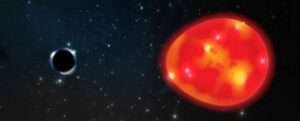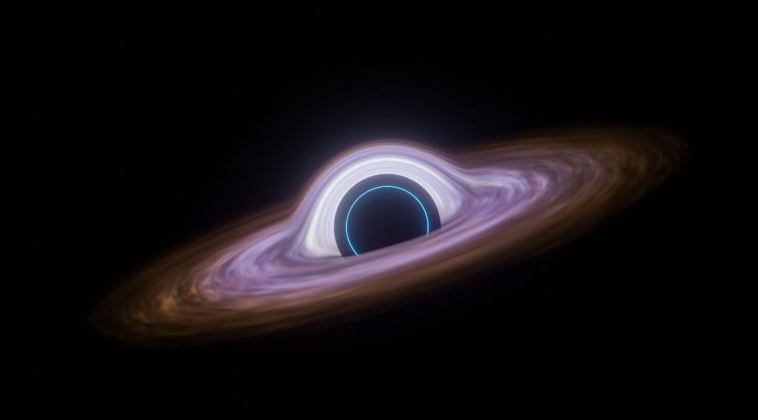Earth has now quite the sneaky neighbour, and astronomers have all the details.
A tiny black hole, approximately 1,500 light-years from Earth, in the Monoceros constellation, it’s excitingly close by. As per astronomers’ calculations, we have nothing to worry about, but there are some intriguing things about this tiny black hole that you can’t miss.
Here is what you need to know.
The Unicorn vs Earth
A team of astronomers from the Ohio State University spotted one of the smallest black holes close to Earth. Dubbed the Unicorn, this cosmic feature has a mass so small that it’s now part of an exclusive category. But should we worry about it? How close is it from our planet?
The team’s findings
The team looked at the Unicorn in a different way. Examining data from other satellites and telescope systems, astronomers turned their attention towards a red giant in the Monoceros constellations. The cosmic feature was in its last stages of life.
Below, you can see an illustration of the red giant and tiny black hole:

The star’s speed and the way it was being pulled by gravity indicated a small black hole orbiting it. The most intriguing thing is that the mass of that dark and silent companion was around 3 solar masses.
Todd Thompson is an astronomer who has helped discover other small black holes in the past. He released a statement, comparing the recent event with the way Moon’s gravity distorts the Earth’s oceans:
“[…] so does the black hole distort the star into a football-like shape with one axis longer than the other.”
Previously, astronomers didn’t know if anything existed in the mass gap between two types of a dead star. But, with the help of the Unicorn and other tiny black holes, we’re closer to solve that puzzle.
The recent discovery could be just the beginning. Astronomers hope to find more small black holes to understand their nature and structure better.












Leave a Reply